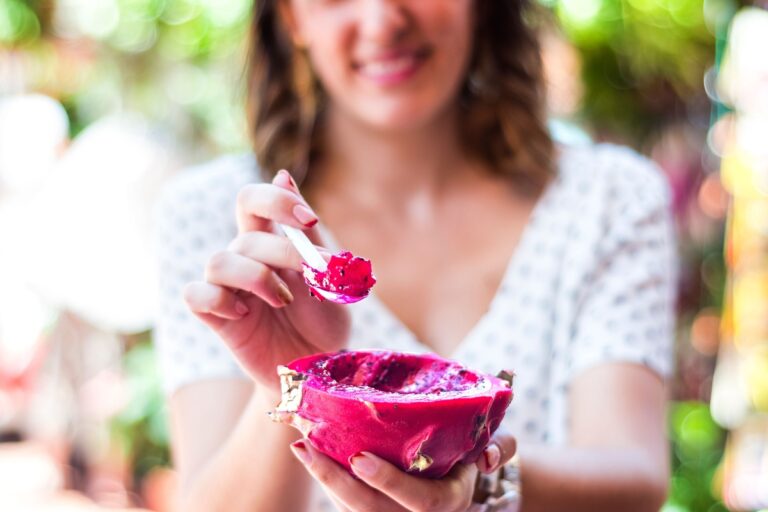15 Vegetables That Are Packed with Protein (Yes, Protein)
When we think of protein, most of us immediately picture meat, eggs, or dairy. However, vegetables can also be a great source of protein! These veggies have a surprisingly high protein content and other vital elements, regardless of your dietary preferences—vegetarian, vegan, or simply trying to increase your intake of plant-based foods. With the help of these veggies, you may increase your protein consumption while still eating tasty and nutritious meals.
Spinach

Spinach is rich in iron and a great source of plant-based protein. Just one cup of cooked spinach contains around 5 grams of protein. This leafy green is incredibly versatile, making it easy to include in salads, smoothies, and stir-fries.
It’s also packed with antioxidants, vitamins, and minerals that help improve overall health. Eating spinach regularly can help strengthen your immune system and support muscle growth. Plus, it’s low in calories, making it a perfect addition to any meal plan.
Broccoli
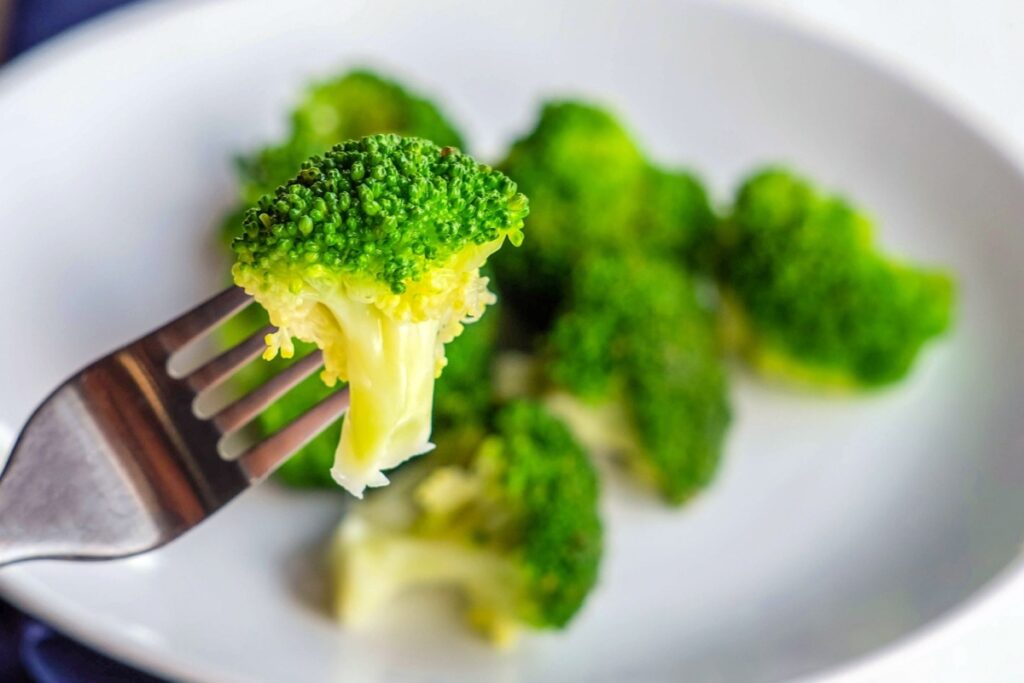
Broccoli is another powerhouse vegetable when it comes to protein content. With about 3 grams of protein per cup, this green veggie can help you meet your daily protein needs. It’s also high in fiber and contains vitamins like C and K, contributing to healthy skin and bones.
You can steam, roast, or sauté broccoli to enjoy its benefits. Additionally, it has antioxidants that help protect your cells from damage. Including broccoli in your meals is a great way to boost your protein intake while supporting your body’s overall health.
Brussels Sprouts

These small green vegetables may not be everyone’s favorite, but Brussels sprouts pack a surprising punch of protein. One cup of Brussels sprouts provides about 3 grams of protein. They are also rich in fiber and important vitamins like vitamin C, making them great for digestion and immune support.
Roasting Brussels sprouts with olive oil and seasoning can bring out a delicious flavor. Whether as a side dish or mixed into a salad, they offer a tasty and nutritious way to get more protein.
Peas
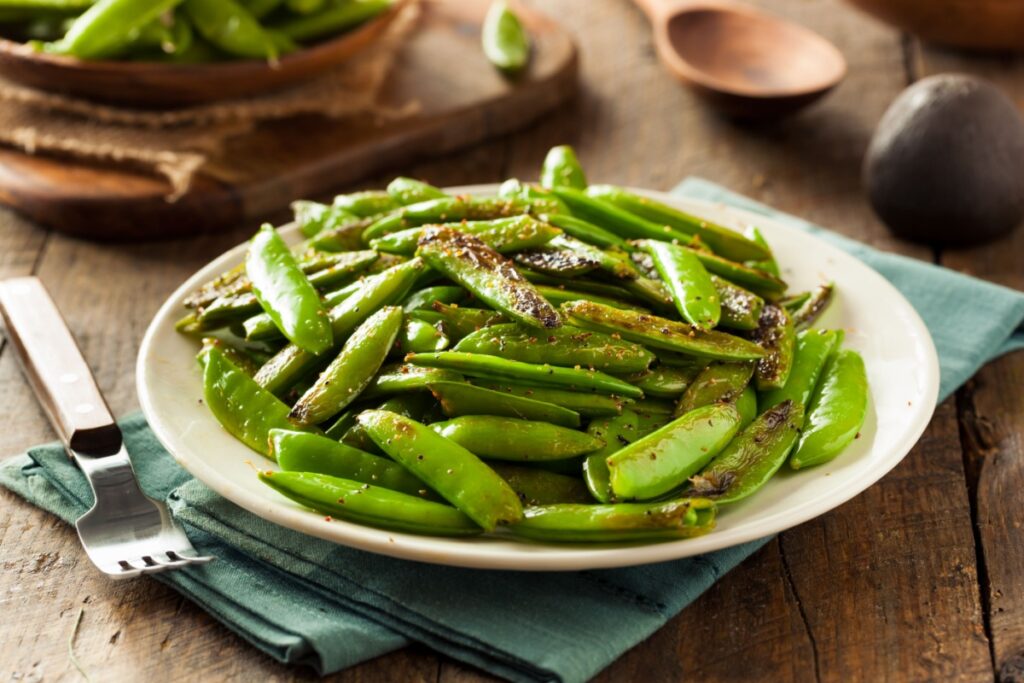
Peas are often overlooked, but they are an excellent source of protein, with around 4 grams per cup. These tiny green veggies are also rich in fiber and essential nutrients like vitamins A, C, and K. You can easily add peas to soups, stews, salads, or pasta dishes.
Their mild flavor makes them an easy addition to many recipes without overpowering the taste. Plus, peas are affordable and easy to find year-round. Peas are a fantastic way to boost your protein intake, whether fresh, frozen, or canned.
Asparagus
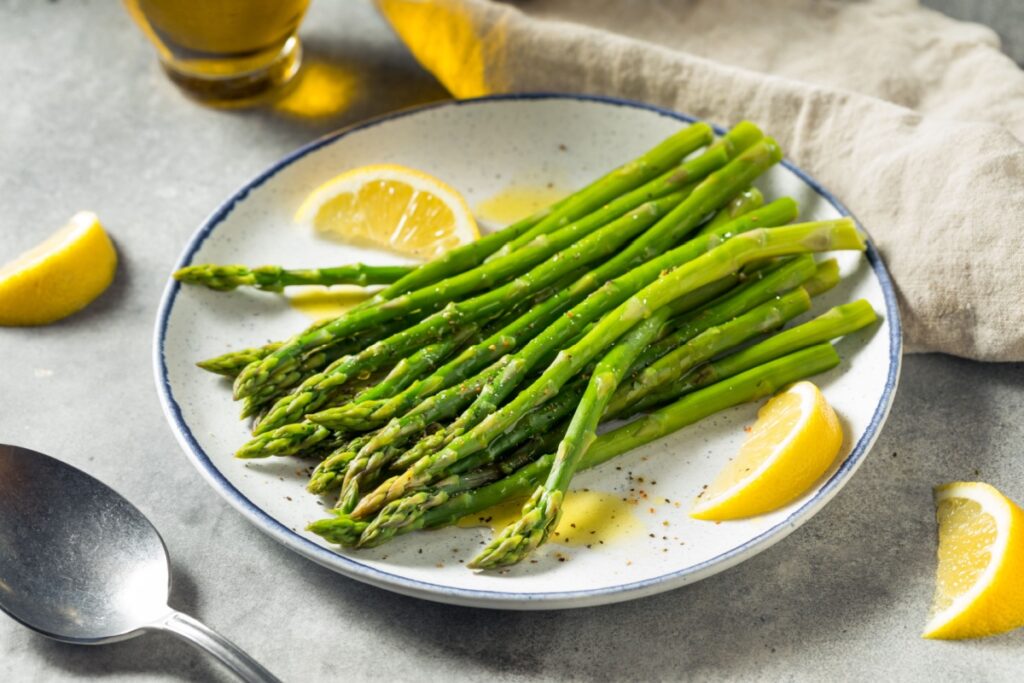
Asparagus is a low-calorie vegetable with around 3 grams of protein per cup. It’s also packed with essential nutrients like fiber, folate, and vitamins A, C, and K. This spring vegetable is known for its detoxifying properties and can be grilled, roasted, or added to salads and pasta dishes.
Eating asparagus regularly can support healthy digestion and give your body the protein needed to function well. Its subtle flavor makes it easy to pair with various dishes, adding nutrition and taste.
Kale
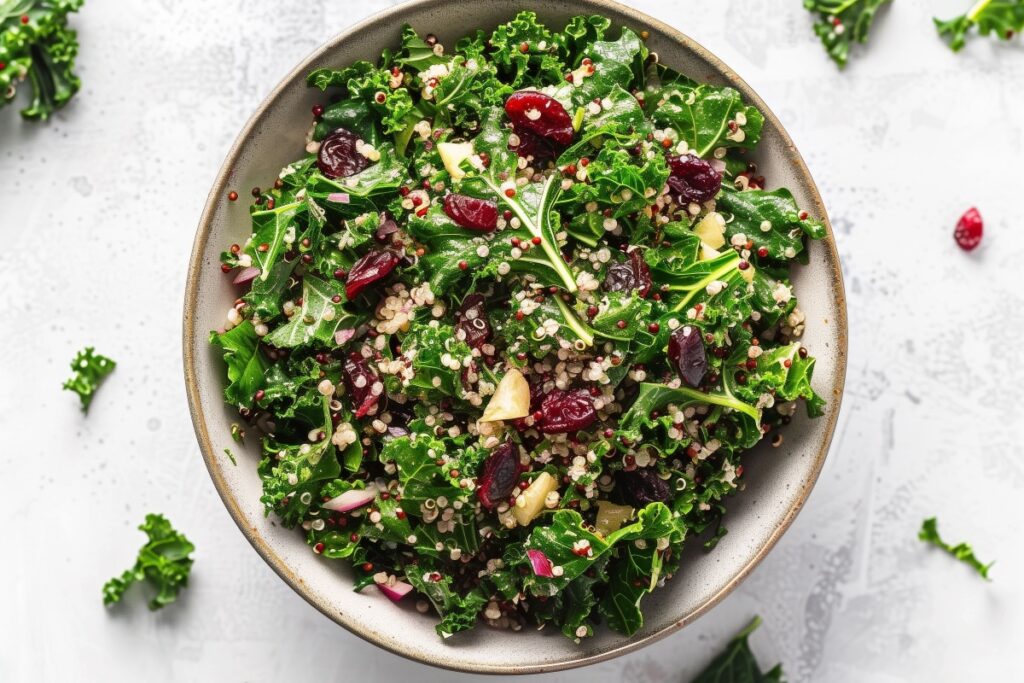
Kale is often hailed as a superfood, and for good reason. This leafy green is rich in protein, offering about 3 grams per cup of raw kale. In addition to protein, kale is high in fiber, antioxidants, and essential vitamins like A, C, and K.
Kale can be enjoyed in salads, smoothies, or sautéed as a side dish. Its versatility makes it easy to incorporate into your meals for a protein boost. Kale helps with muscle growth and supports your immune system and overall health.
Mushrooms
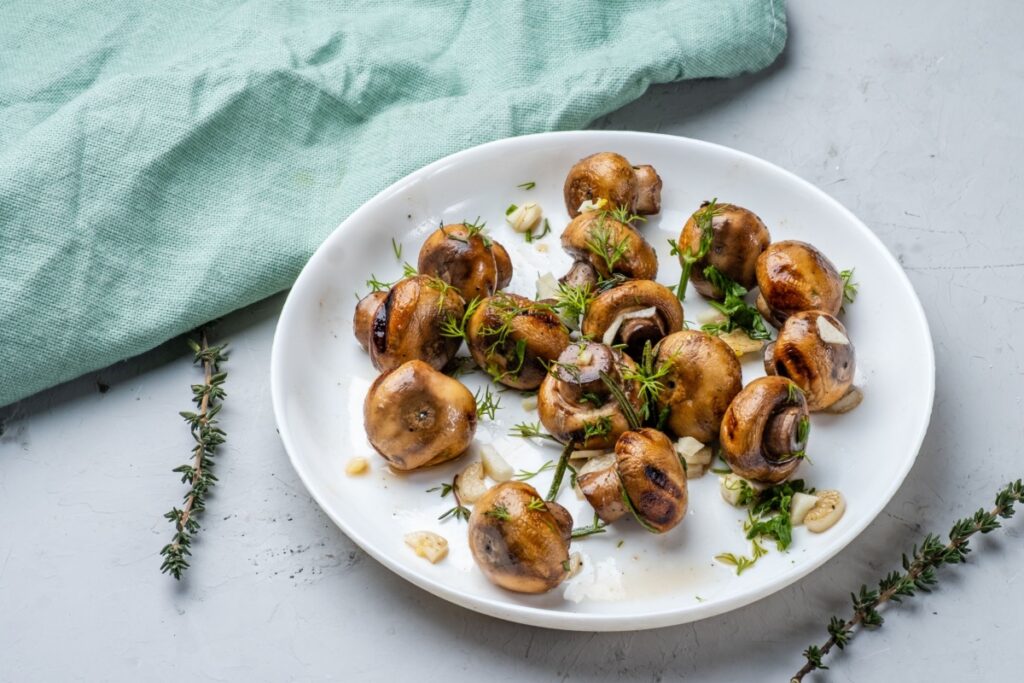
Mushrooms may not look like a typical source of protein, but they’re surprisingly rich in it. Certain varieties, like portobello and shiitake, provide around 3 grams of protein per cup. Mushrooms are also low in calories and contain important nutrients like B vitamins, which support energy production.
You can sauté, grill, or add mushrooms to stir-fries, soups, and pasta dishes for a tasty and protein-packed meal. Their meaty texture makes them a great substitute for meat in many dishes. Including mushrooms in your diet is a delicious way to increase your protein intake.
Edamame
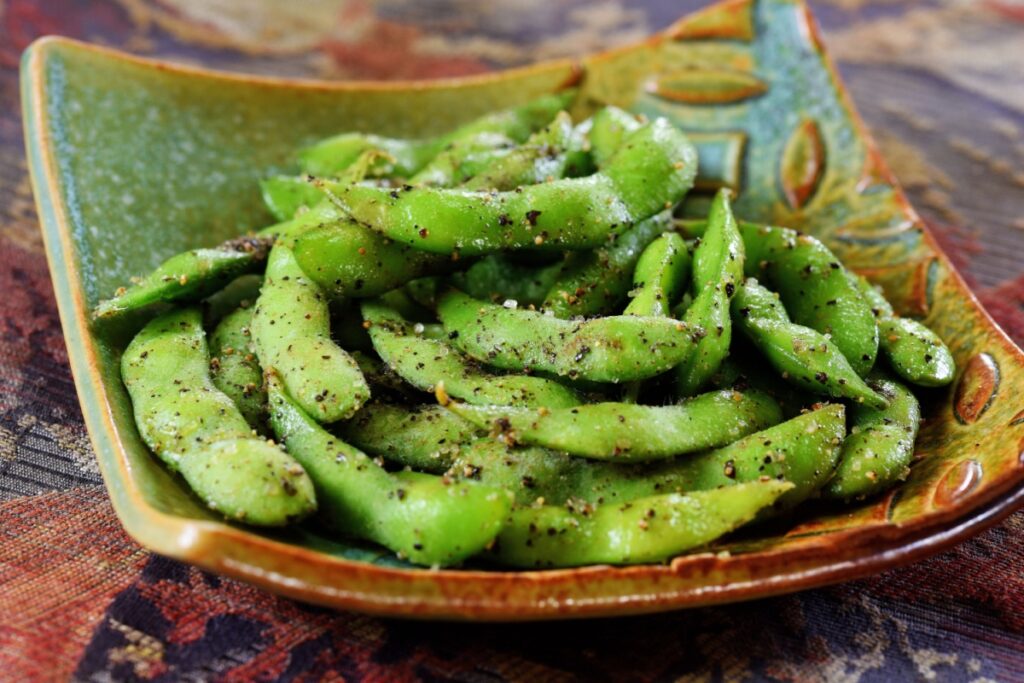
Edamame, or young soybeans, is one of the best plant-based protein sources. A cup of edamame contains an impressive 17 grams of protein, making it a fantastic snack or meal addition. They are also rich in fiber, healthy fats, and essential vitamins like folate and vitamin K.
Edamame can be steamed, boiled, or added to salads and stir-fries. It provides a significant protein boost and is great for heart health and digestion. If you’re looking for a high-protein vegetable, edamame is an excellent choice.
Artichokes
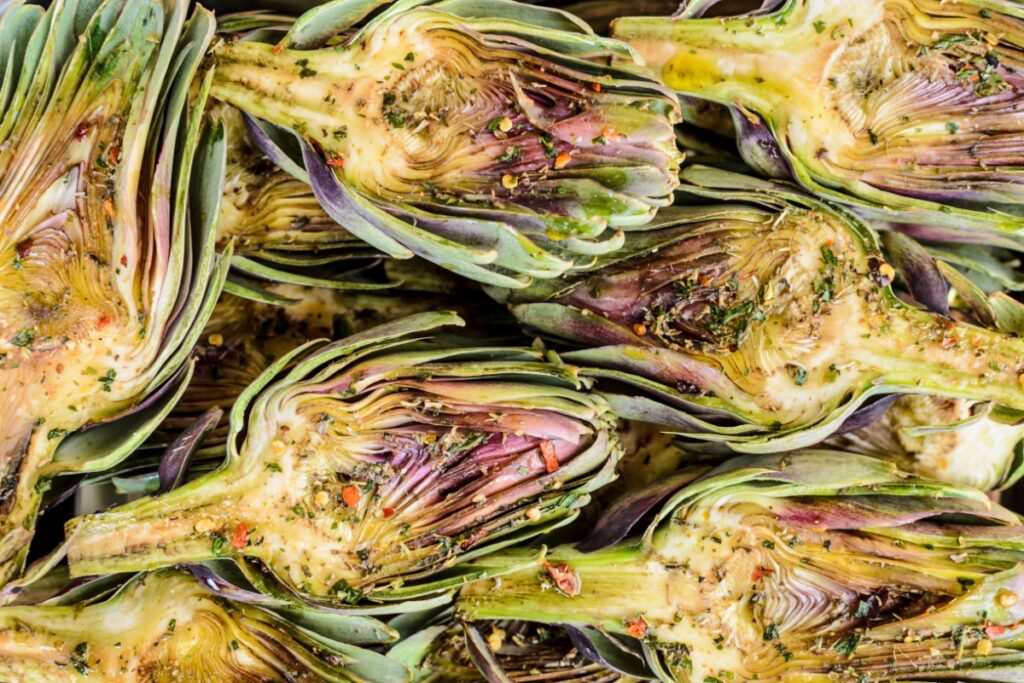
Artichokes are another surprisingly high-protein vegetable, with about 4 grams per cup. They are also rich in fiber, antioxidants, and essential nutrients like magnesium, which support muscle function. You can steam or roast artichokes and enjoy them with dips or add them to salads and pasta.
Their unique flavor and texture make them a fun and healthy meal addition. Including artichokes in your diet can help you meet your protein needs while benefiting from their many other health properties.
Sweet Corn
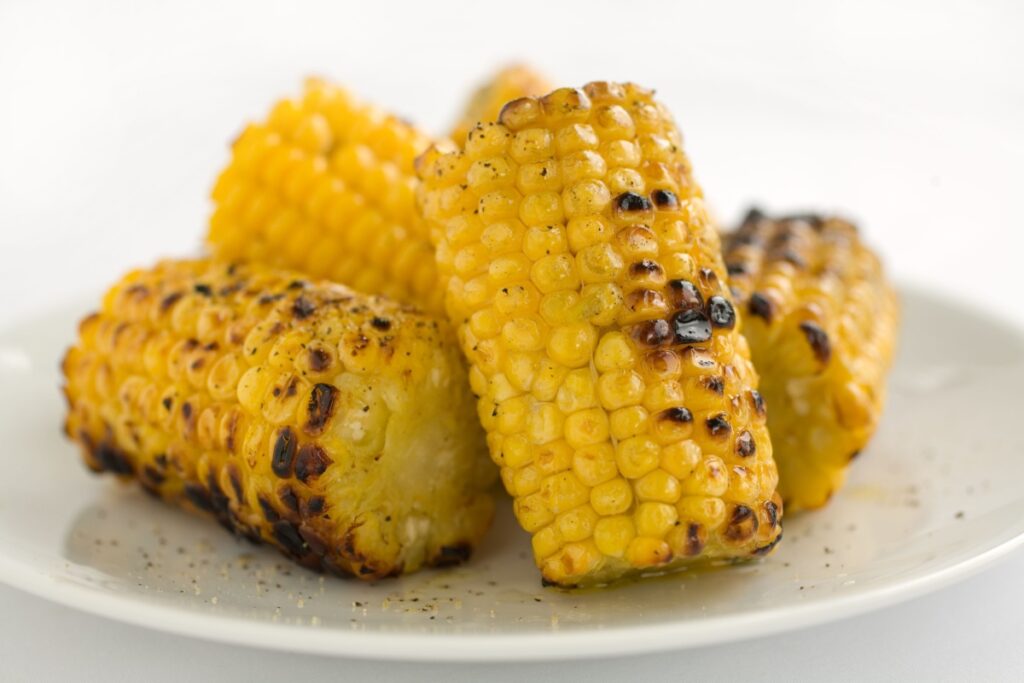
Sweet corn is not just a delicious summer treat; it’s also a good source of protein, offering about 4 grams per cup. Corn is rich in fiber, B vitamins, and antioxidants that support heart and eye health. You can enjoy corn on the cob in salads, soups, or even as a side dish.
Sweet corn is also a naturally sweet vegetable, making it a tasty way to increase your protein intake. Whether fresh or frozen, sweet corn adds flavor and nutrition to your meals.
Cauliflower
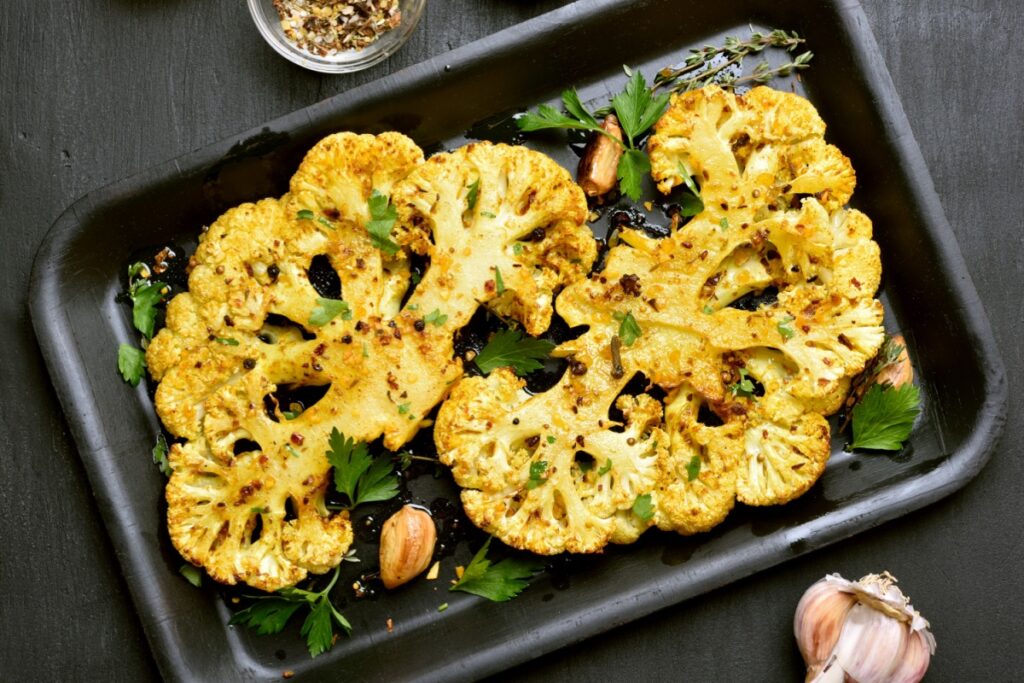
Cauliflower is a versatile vegetable with around 2 grams of protein per cup. It’s low in calories but high in vitamins and antioxidants, making it great for your overall health. Cauliflower can be roasted, mashed, or used as a low-carb substitute for rice or pizza crust.
Cauliflower’s mild flavor makes it easy to incorporate into a variety of dishes. Whether used as a side dish or as the primary ingredient in a recipe, cauliflower can increase your protein intake while maintaining the nutritional value and lightness of your meals.
Zucchini
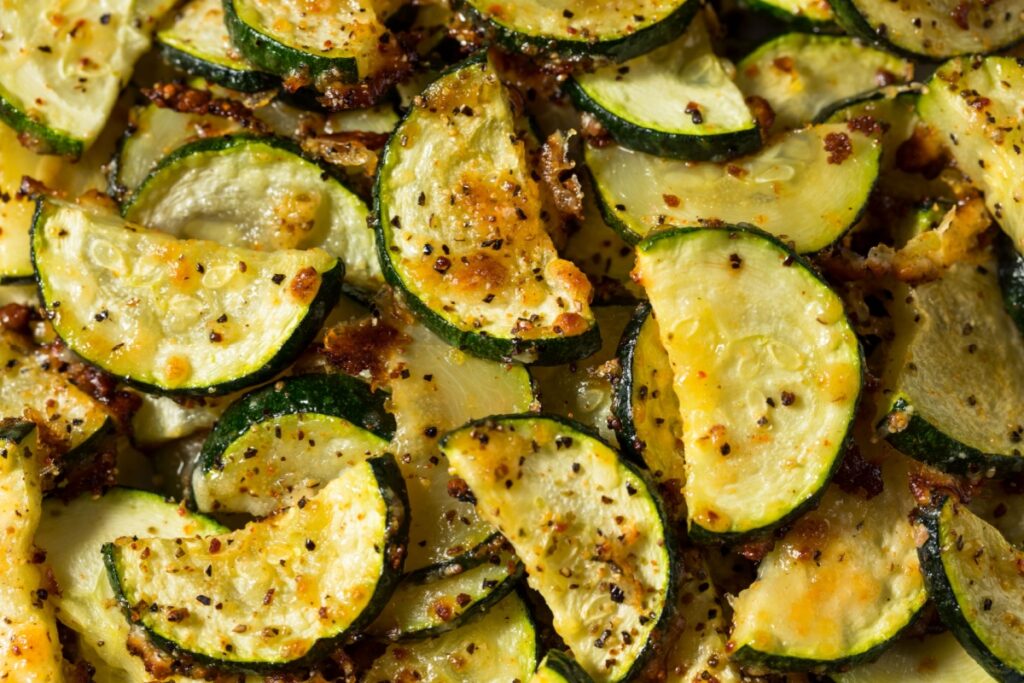
Zucchini is a popular summer squash that provides about 2 grams of protein per cup. It’s low in calories and packed with essential nutrients like vitamin C, potassium, and fiber. You can grill, roast, or sauté zucchini, or even make zucchini noodles as a healthy alternative to pasta.
Its mild flavor and soft texture make it a great addition to many dishes. Including zucchini in your meals is a simple and tasty way to add more protein to your diet while enjoying its many health benefits.
Green Beans
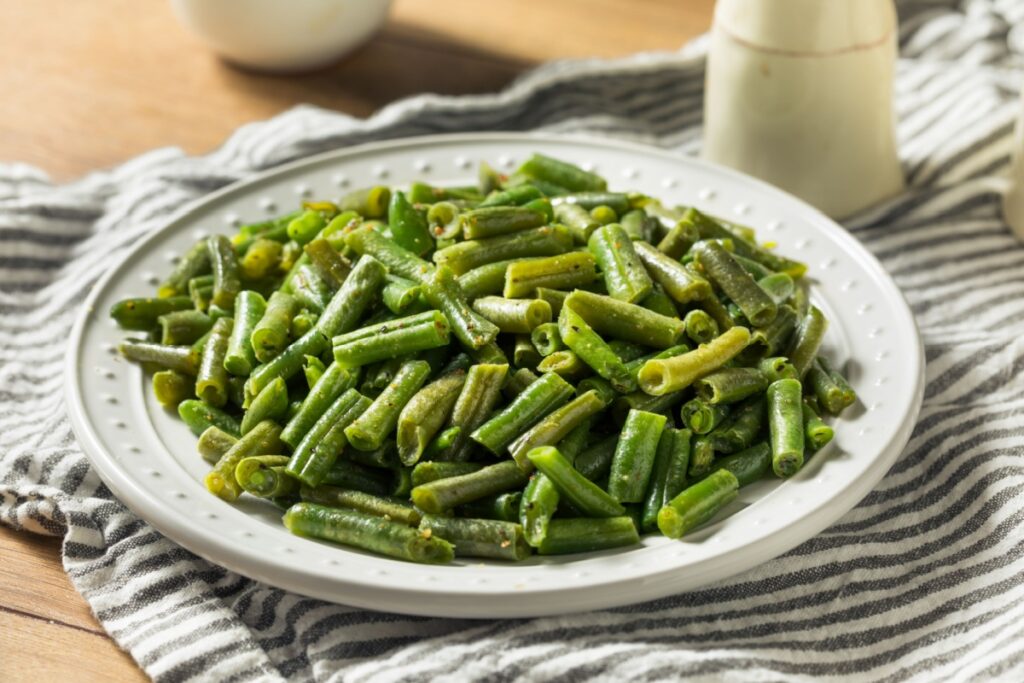
Green beans are a crunchy, delicious vegetable with about 2 grams of protein per cup. They are also high in fiber and essential nutrients like vitamins A, C, and K, which support immune function and bone health. You can steam, sauté, or roast green beans as a side dish or add them to casseroles and salads.
Their mild flavor makes them easy to pair with a variety of dishes. Including green beans in your meals is a great way to boost your protein intake while enjoying many other nutritional benefits.
Beet Greens
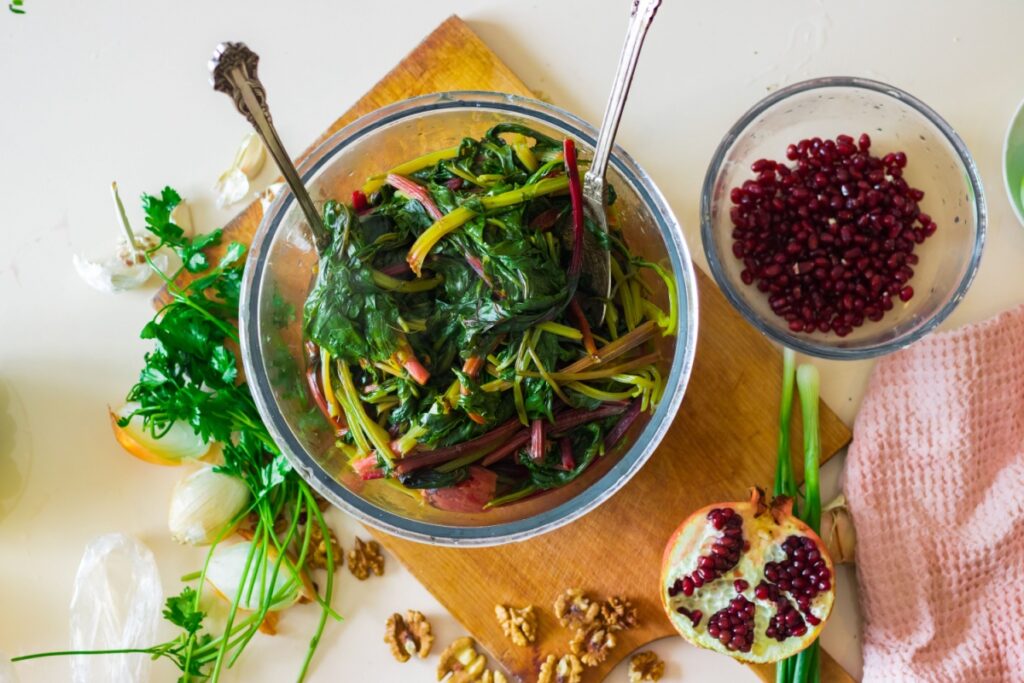
Beet greens, the leafy tops of beets, are a surprising source of protein, with about 3 grams per cup. These greens also contain fiber, vitamins, and minerals like iron and calcium. You can sauté beet greens with garlic and olive oil, add them to soups, or toss them into salads.
Not only do they provide protein, but they also help support heart health and digestion. Beet greens are often overlooked, but they’re a nutritious and tasty way to get more protein.
Avocado

While avocados are often known for their healthy fats, they also provide a decent amount of protein, about 3 grams per avocado. This creamy fruit is rich in fiber, vitamins, and minerals, making it a nutrient-dense addition to any meal. You can enjoy avocado in salads, sandwiches, smoothies, or toast.
Its versatility and unique flavor make it easy to incorporate into your diet. Including avocado in your meals can help you get more protein while benefiting from its many other health properties.
15 Places Where You’re Expected to Tip—But You Really Don’t Have To

Tipping has become a widespread practice in many industries, with the expectation that you’ll leave a little extra for good service. However, not every situation truly warrants a tip, even if you feel pressured to give one.
15 Places Where You’re Expected to Tip—But You Really Don’t Have To
Top 15 Things Retirees Need To Stop Putting In Their Grocery Cart To Stay Healthy

As retirees enjoy their time off, maintaining a healthy lifestyle becomes increasingly important. One key aspect is being mindful of what goes into the grocery cart. Here are many things retirees should avoid buying to support their health and well-being.
Top 15 Things Retirees Need To Stop Putting In Their Grocery Cart To Stay Healthy





